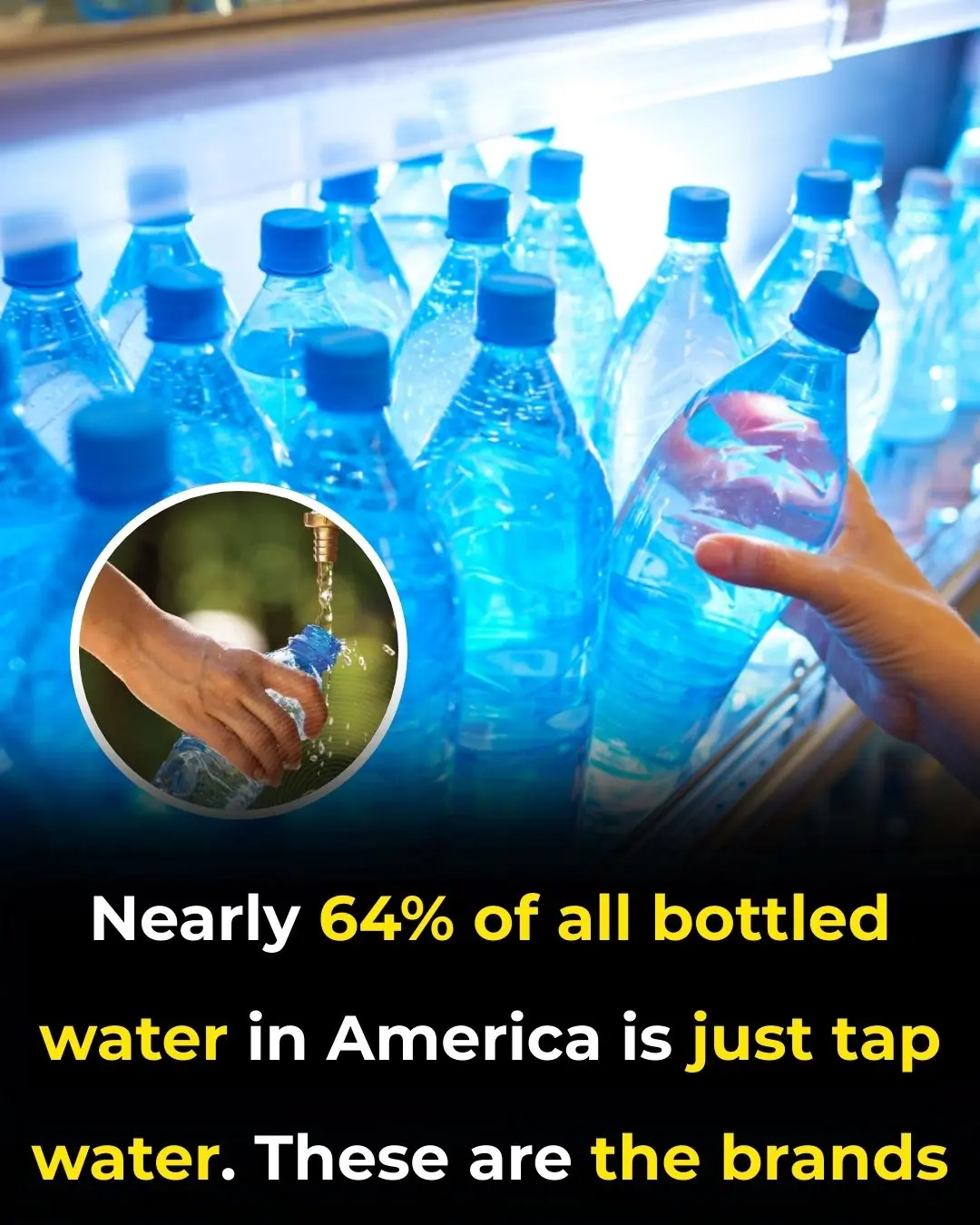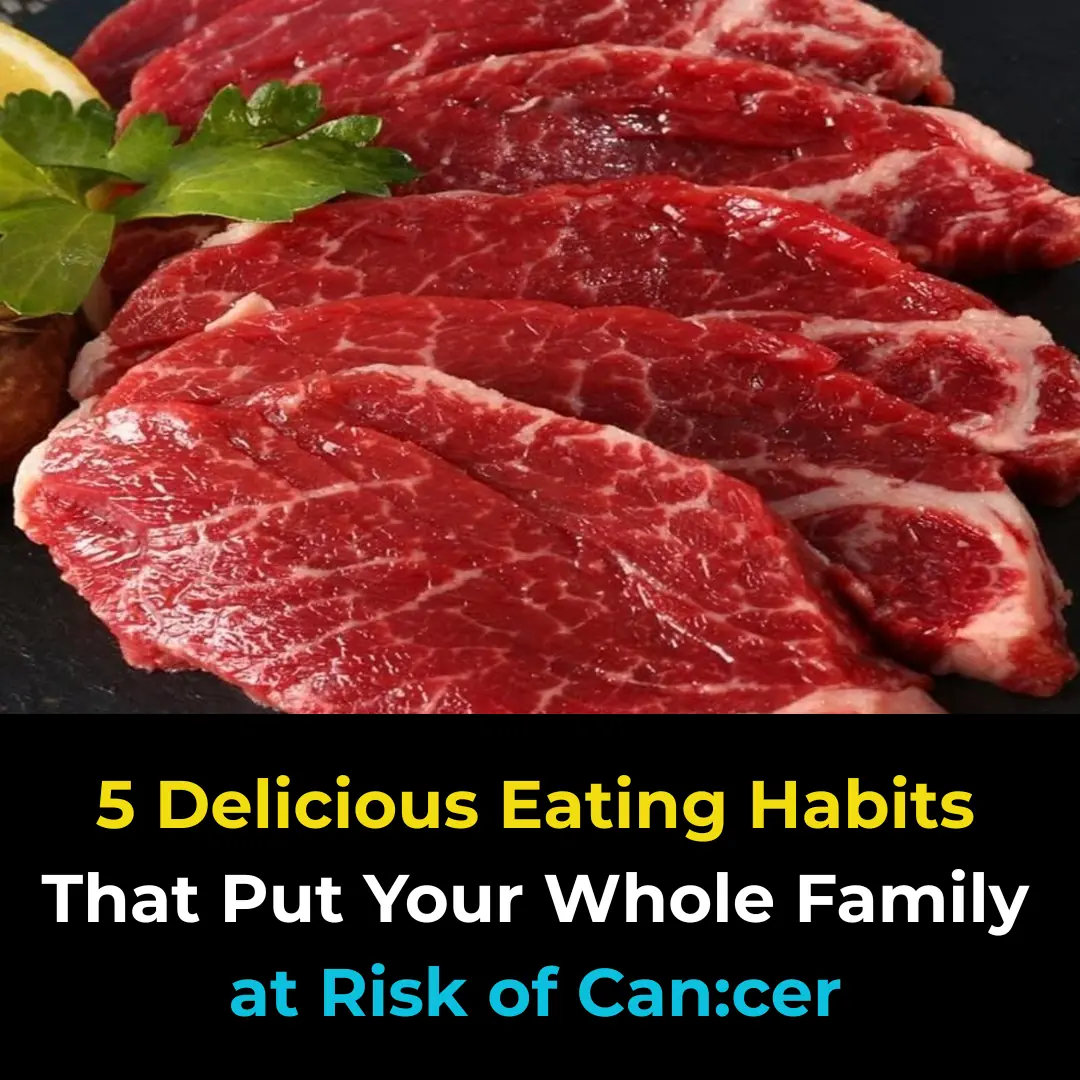
Seafood seller warns: Avoid these 4 types of shrimp or risk your health!
Seafood has always been a favorite source of protein for families worldwide. Among all varieties, shrimp is especially popular because of its delicate flavor, rich nutrients, and versatility in cooking. From soups and salads to grilled or fried dishes, shrimp can be found on countless menus.
However, not all shrimp is safe or suitable for consumption. Experienced seafood sellers often stress that certain types of shrimp can cause problems for your health if consumed regularly. Whether due to poor storage, contamination, or unnatural farming methods, some shrimp should be avoided. Below are four types of shrimp that one should be cautious about, according to seafood experts.
1. Shrimp Treated With Excessive Chemicals
One of the biggest dangers in seafood markets today is shrimp that has been treated with excessive chemicals. Unscrupulous sellers sometimes use preservatives or artificial substances to keep shrimp looking fresh for longer. While these shrimp may appear attractive with a bright color or firm shell, the reality is far less appealing.
Consuming seafood that has been treated with harsh chemicals can cause digestive discomfort and long-term harm. More importantly, these treatments mask the true quality of the shrimp. When shrimp looks too perfect, with unusually shiny shells or an overly strong chemical smell, it is best to avoid it. Choosing natural, untreated shrimp is always the safer option.
2. Shrimp With Signs of Spoilage
Fresh shrimp should have a natural ocean scent, a firm texture, and a translucent color. When shrimp smells sour, feels slimy, or has black spots on its shell, it is no longer safe. Unfortunately, some sellers may still offer such shrimp at discounted prices, hoping customers will overlook the warning signs.
Spoiled shrimp is dangerous because it can harbor harmful bacteria. Eating it may cause immediate health discomfort, including food poisoning. To protect your well-being, always check shrimp carefully before buying. A small effort at the market saves you from unnecessary health risks later.
3. Shrimp From Unverified or Polluted Sources
Another category of shrimp to be cautious about is shrimp sourced from unverified farms or polluted waters. Water quality plays a huge role in the safety of seafood. Shrimp raised in contaminated environments can accumulate harmful substances in their bodies. When consumed, these substances are passed on to humans.
Polluted water often contains heavy metals or residues from industrial waste. Over time, consuming shrimp from these sources can harm overall health. That is why seafood sellers strongly recommend buying only from trusted suppliers who can ensure clean, monitored environments. Certified products or those with clear origins are always safer choices.
4. Shrimp Stored Improperly
The final type to avoid is shrimp that has been stored incorrectly. Even high-quality shrimp can become dangerous if not kept at the right temperature. Shrimp left unrefrigerated for too long or thawed and refrozen repeatedly loses its freshness and becomes a breeding ground for bacteria.
When buying shrimp, always check whether it has been stored on proper ice or in a clean freezer. Poorly stored shrimp may look fine on the surface but quickly spoil once cooked. Safe storage practices are just as important as the shrimp’s original source.
How to Choose Safe and Healthy Shrimp
Avoiding these four types does not mean giving up shrimp entirely. Instead, it means becoming more careful in how you select and prepare it. Here are a few practical tips:
-
Check the smell: Fresh shrimp has a light sea breeze aroma. Any sour or ammonia-like odor indicates it is unsafe.
-
Look at the color: Natural shrimp is slightly transparent. If it looks too bright or unnaturally colorful, be cautious.
-
Touch the texture: Firm shrimp is fresh. Mushy or slimy texture means it is spoiled.
-
Buy from trusted sellers: Reputable markets and suppliers are less likely to offer low-quality products.
-
Proper storage at home: Keep shrimp refrigerated and cook it within one to two days of purchase.
Why These Warnings Matter
Seafood is a healthy part of the diet when chosen wisely. Shrimp is rich in protein, low in calories, and contains essential nutrients like selenium and vitamin B12. Yet, consuming unsafe shrimp can reverse all of these benefits and create unnecessary risks.
The warning from seafood sellers is not meant to scare people away from shrimp but rather to raise awareness. By avoiding chemically treated, spoiled, unverified, or poorly stored shrimp, families can continue to enjoy delicious seafood meals without fear.
Conclusion
Shrimp will likely remain one of the most beloved seafood options around the world. However, not all shrimp is created equal. The advice from experienced seafood sellers is simple but crucial: watch out for four specific types of shrimp that can put your health at risk.
-
Shrimp treated with too many chemicals
-
Spoiled shrimp with bad smell or texture
-
Shrimp from polluted or unverified sources
-
Shrimp stored improperly
Among these, spoiled shrimp and those from polluted environments are especially dangerous, and consumers should be vigilant. Taking time to choose carefully at the market will protect your family’s health and ensure that every seafood meal is both safe and enjoyable.
By staying informed, you can continue to enjoy shrimp as a nutritious, delicious part of your diet while keeping health and safety a top priority.
News in the same category


Be careful — one single action at the airport could ruin your en:tire life.

Don't Throw Away That Old Non-Stick Pan! Try This Simple Trick to Make It Like New
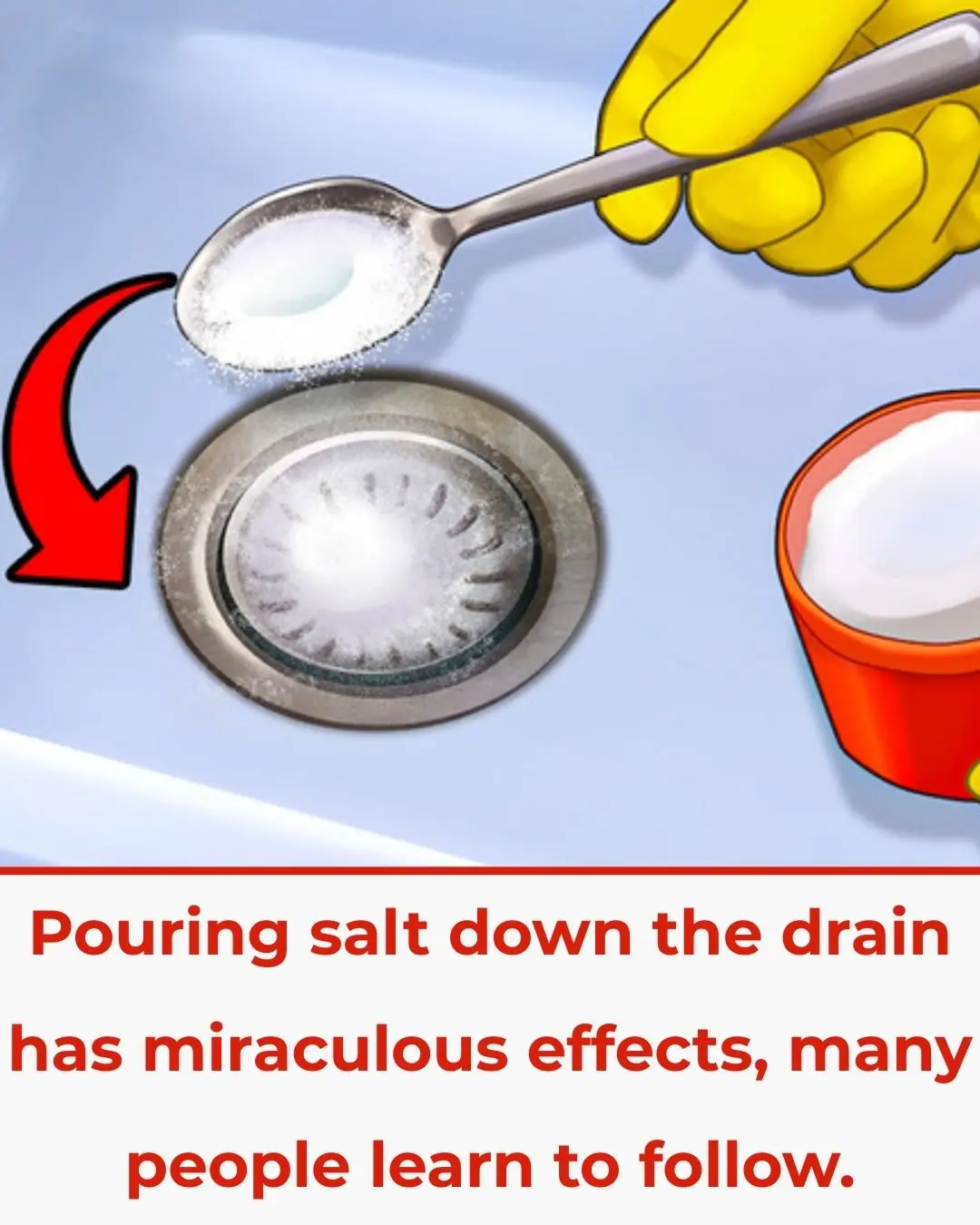
Pouring Salt Down the Drain: A Surprising Trick More People Are Trying

3 Simple Ways to Keep Your Home Completely Rodent-Free
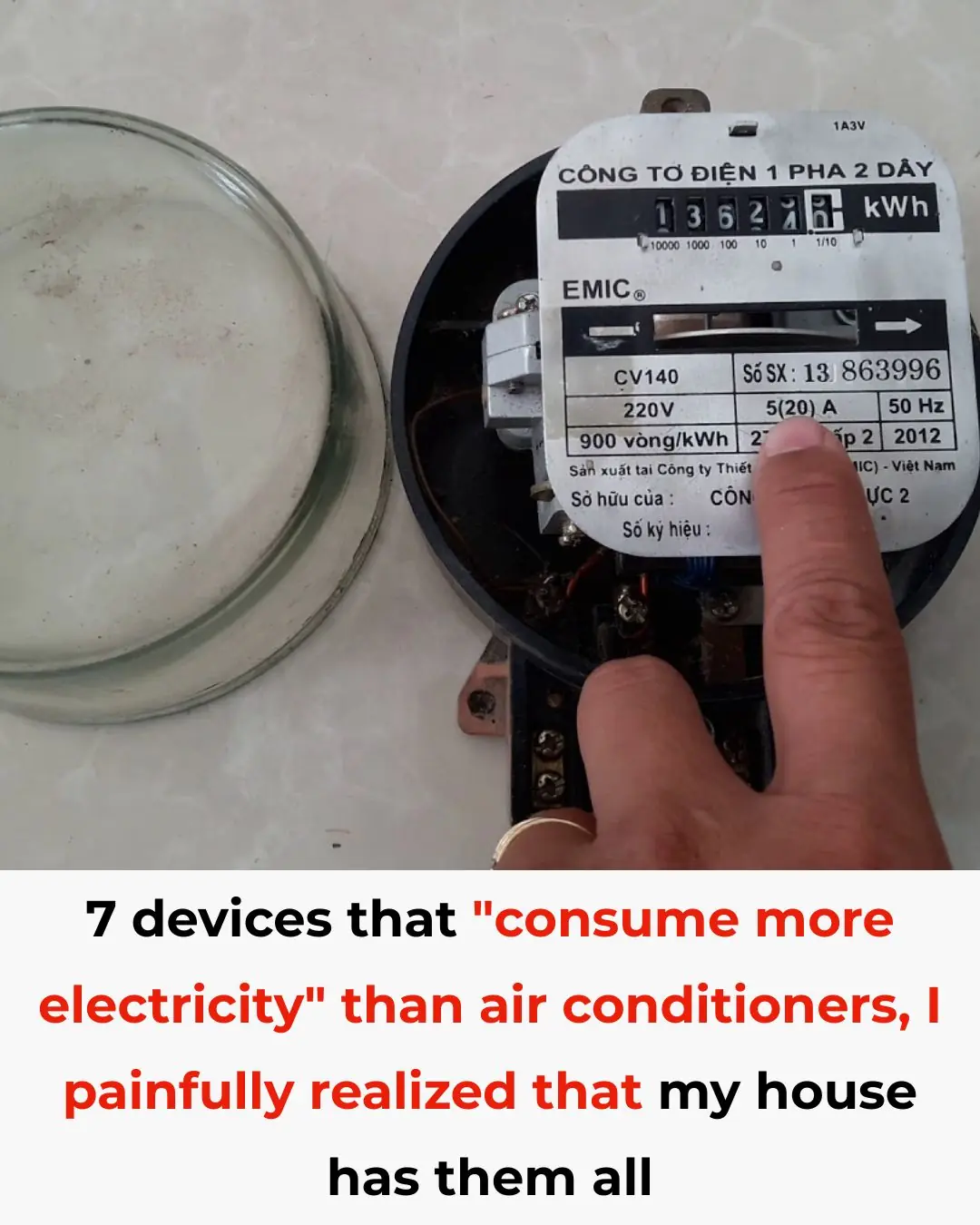
7 Household Appliances That Consume More Electricity Than Air Conditioners — I Sadly Realized My Home Has Them All

Four Plants in Your Garden That Attract Snakes Like Crazy — Remove Them Immediately for Family Safety
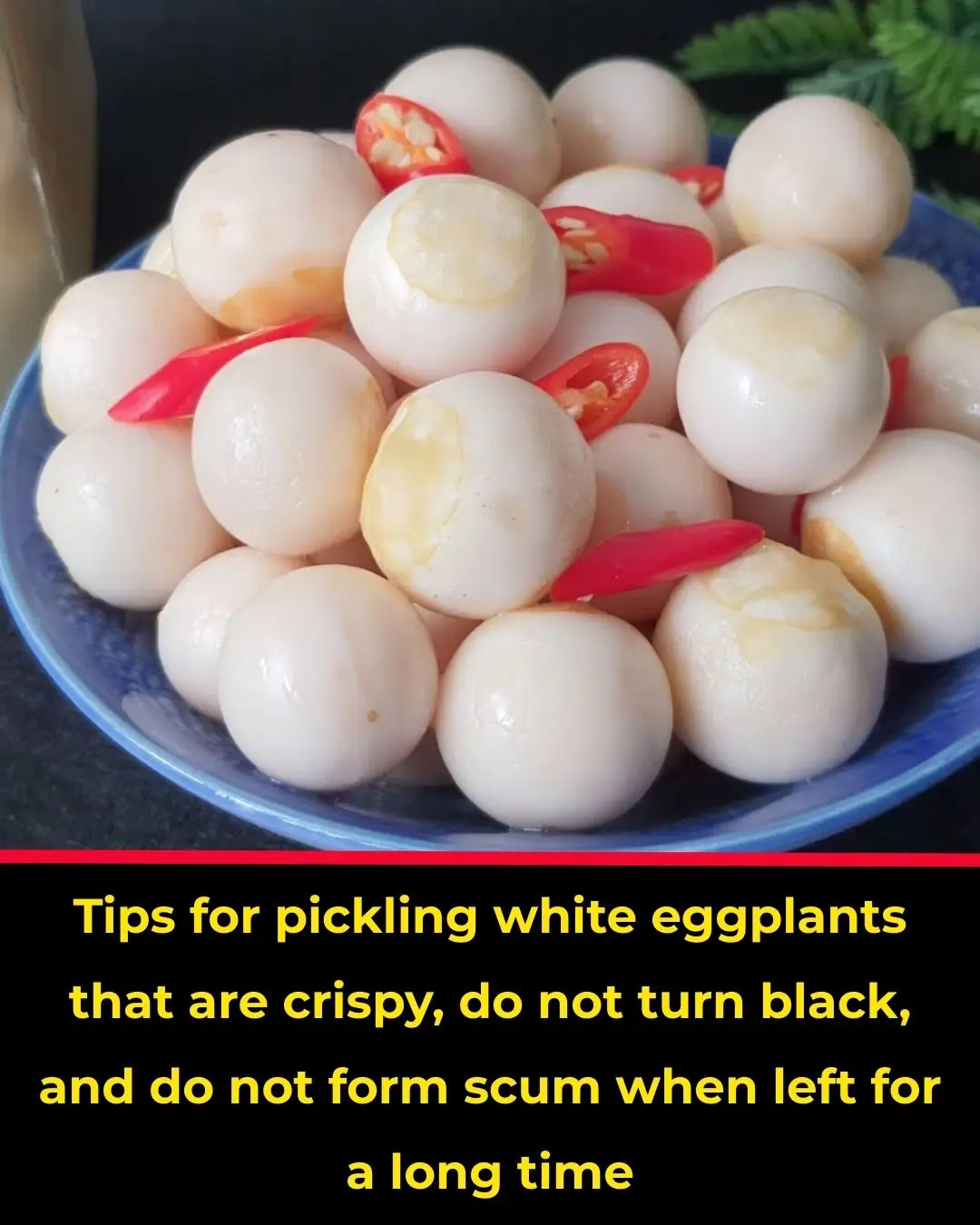
Tips for pickling white eggplants that are crispy, do not turn black, and do not form scum when left for a long time

How to grow papaya in pots, the fruit is heavy, big and sweet

4 habits that may be silently accelerating your body’s aging process

Eating ginger without peeling it – a lifelong health risk? The surprising truth that shocks everyone.
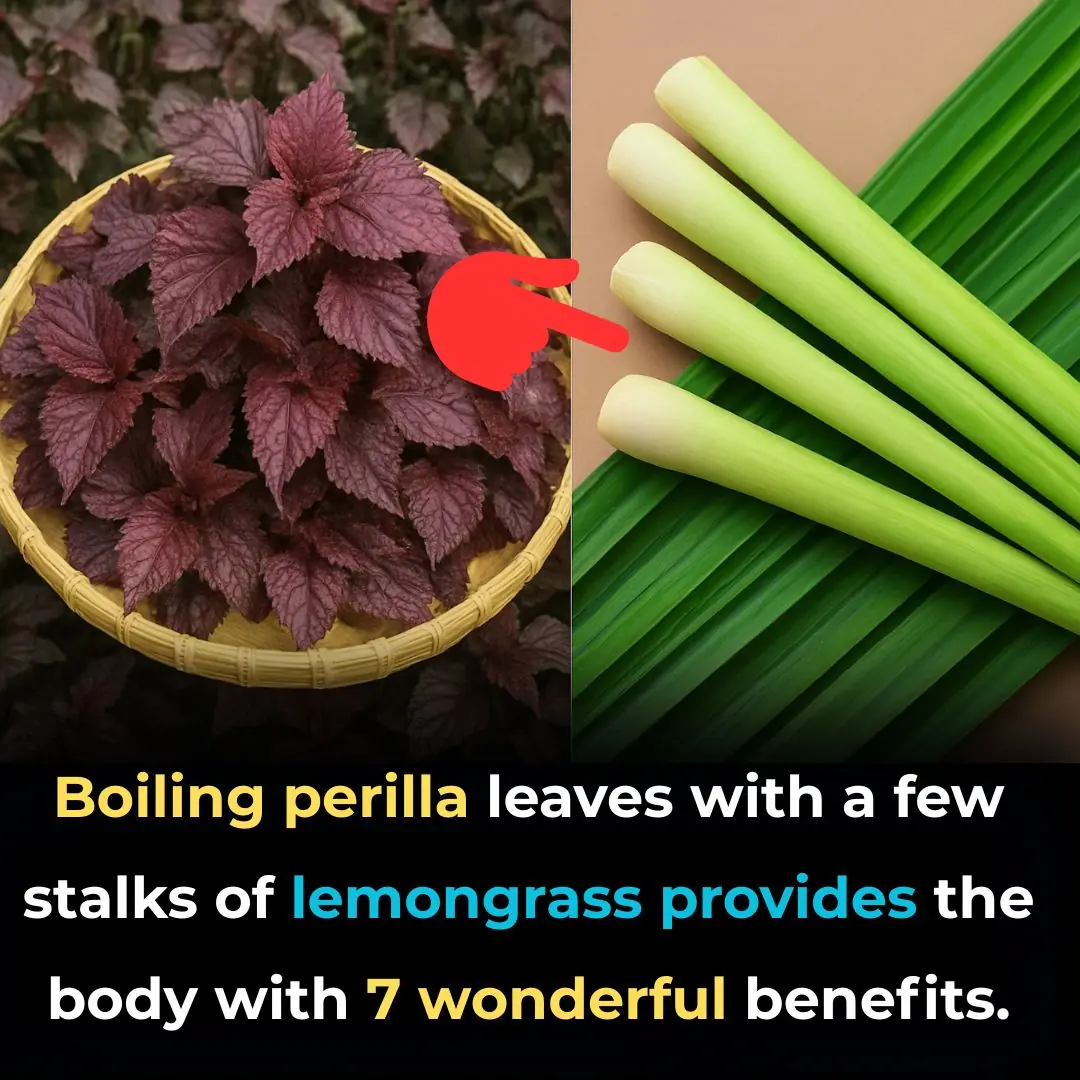
Boiling perilla leaves with a few stalks of lemongrass gives your body these 7 amazing benefits.

Even the Most Expensive Electric Kettle Can Turn Into a "Time B0 m b" If Your Household Has These 4 Habits

If a Non-Stick Pan Shows These 3 Signs, It’s Best to Throw It Away Immediately to Avoid Health Risks
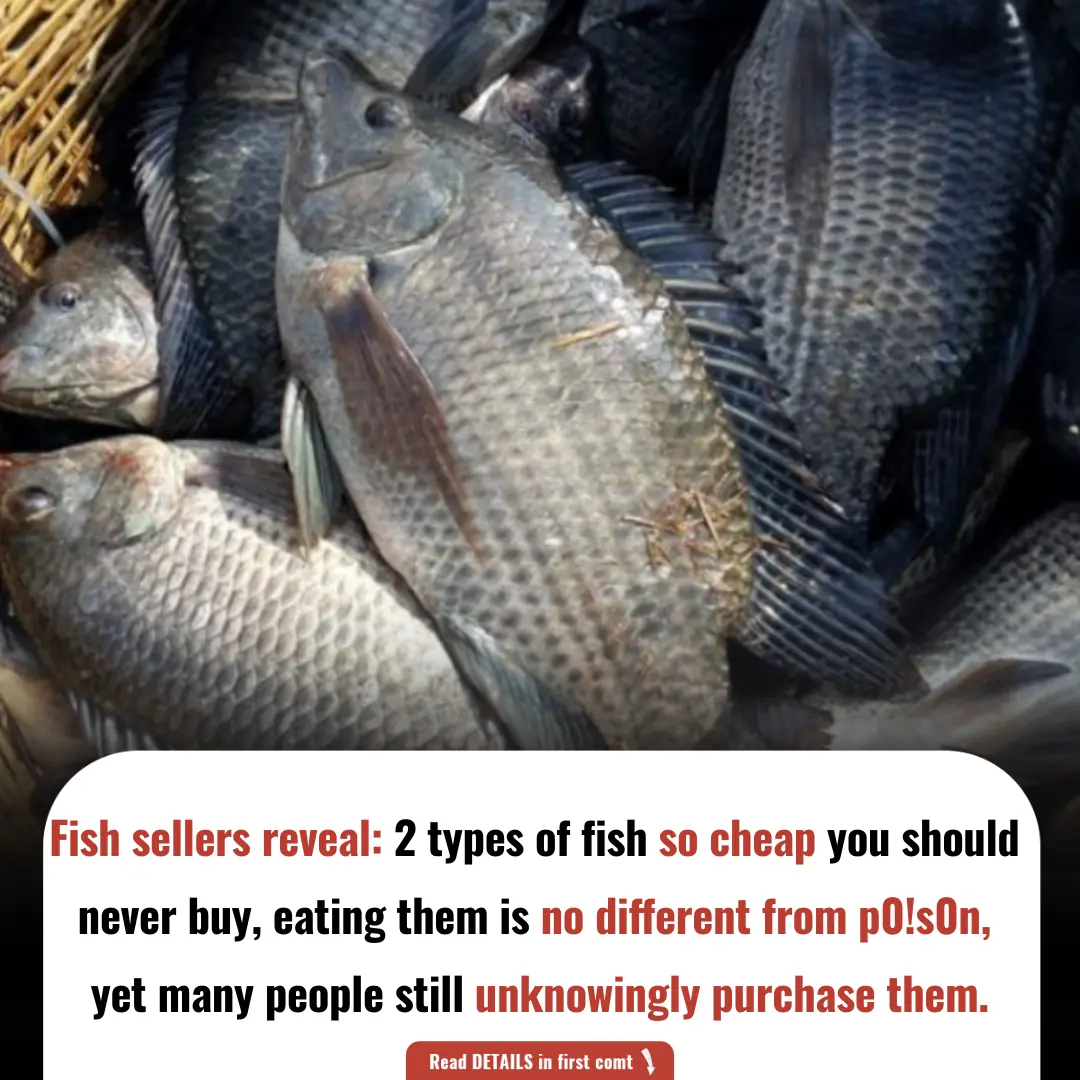
Fish Sellers Reveal: 2 Types of Fish So Cheap You Should Never Buy, Yet Many People Still Unknowingly Purchase Them
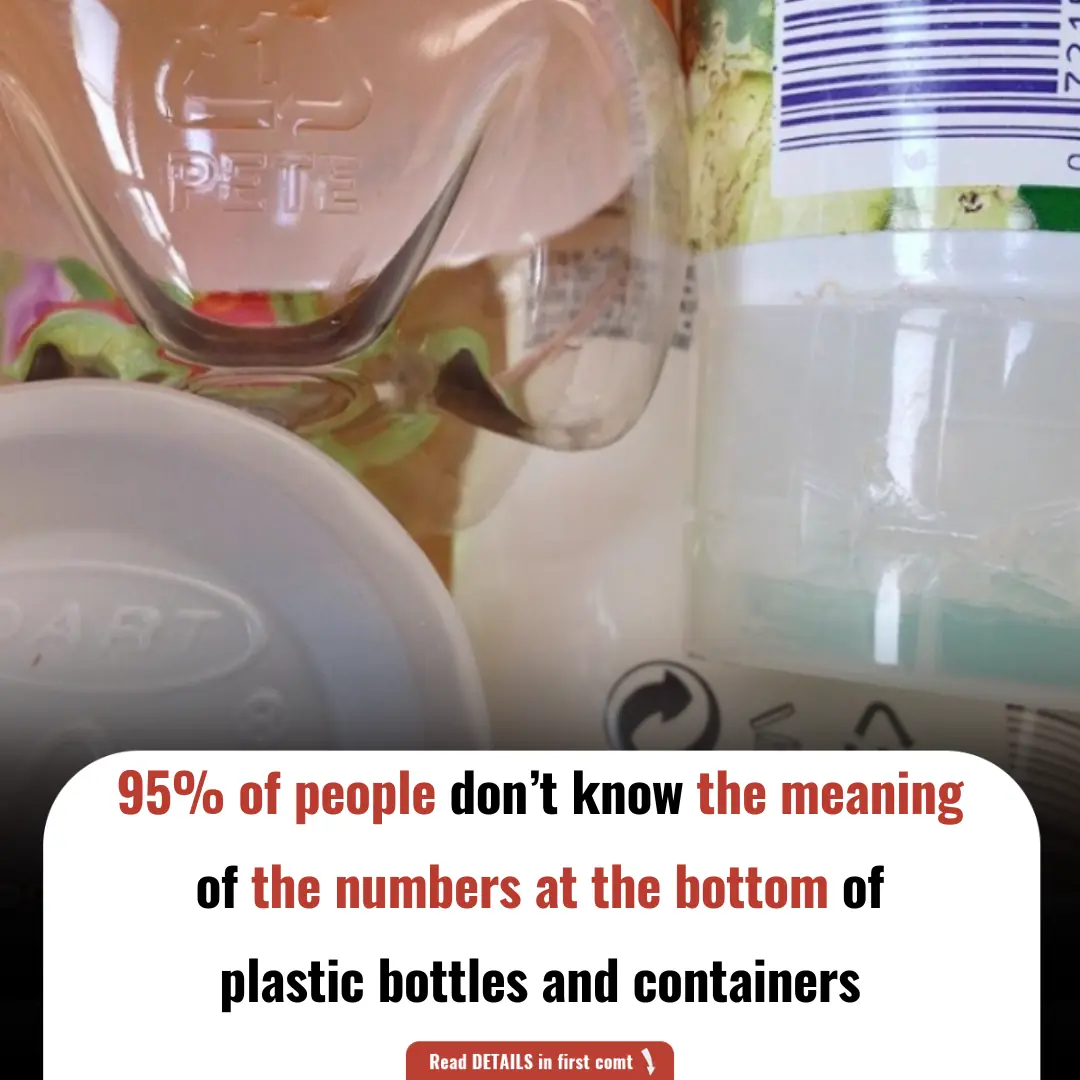
95% of People Don’t Know the Meaning of the Numbers at the Bottom of Plastic Bottles and Containers

The hidden electricity-draining device at home that few people notice: It consumes more power than a refrigerator or washing machine
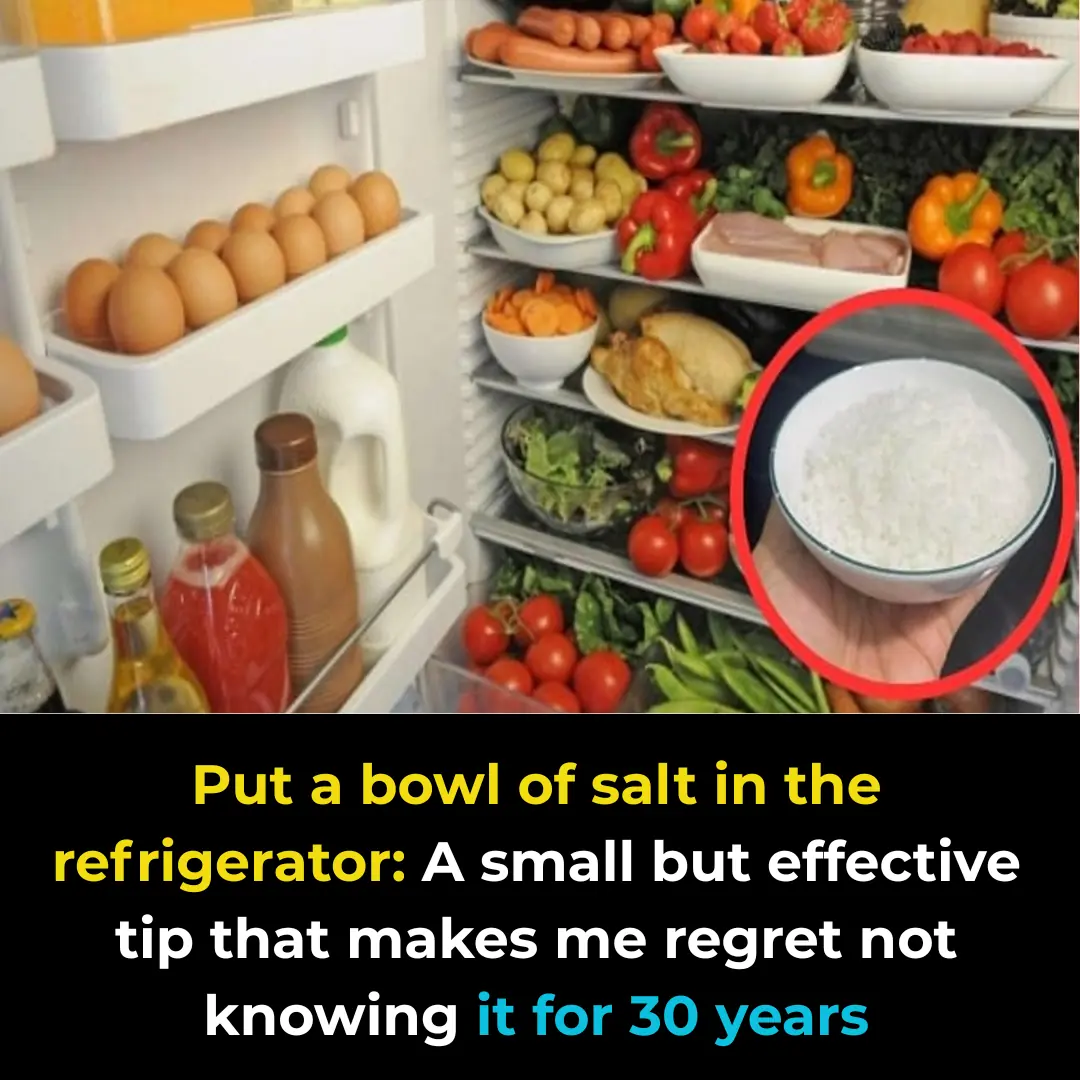
Place a bowl of salt in the fridge: A simple yet powerful trick I wish I had known 30 years ago
News Post

5 Delicious Eating Habits That Put the Whole Family at Risk of C:ancer – Extremely Dangerous and Should Be Avoided Immediately

Be careful — one single action at the airport could ruin your en:tire life.

Condolences to those who are using these 4 types of electric kettles: Throw them away while you still can, thousands of people have already developed c:ancer.

How Magnesium Keeps Your Heart Rhythm Healthy

Why Do I Cough When Taking a Deep Breath?

Taking the Stairs Could Help You Live Longer
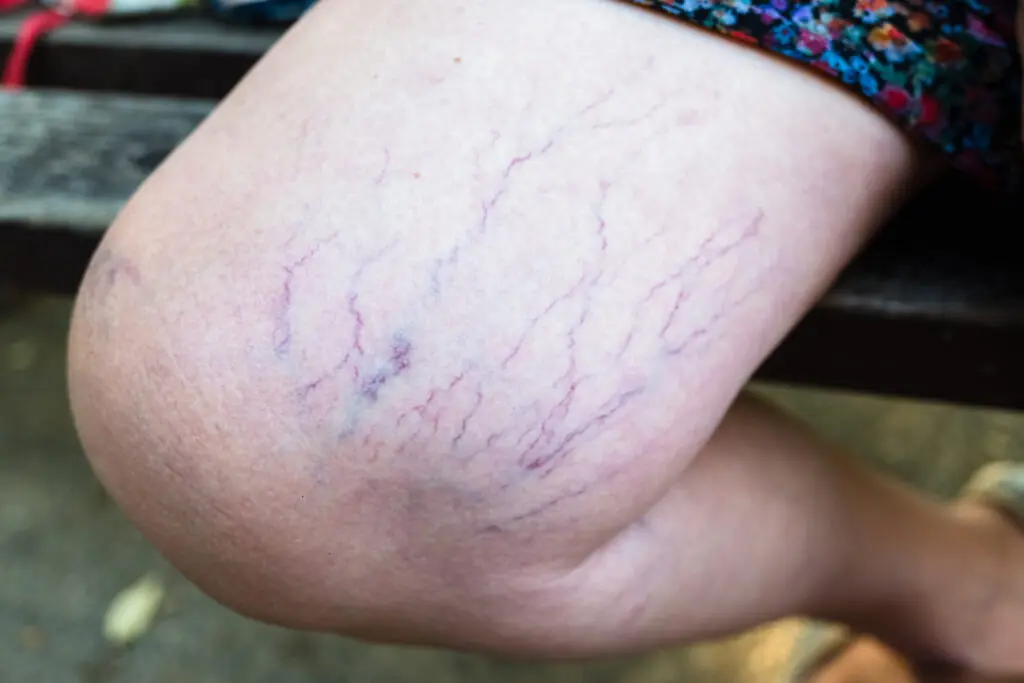
Purple Veins on Your Legs: When to Worry

Man develops 'pork worms' in his brain after years of doing this specific cooking habit

Signs Your Cortisol Is Dangerously High

Woman who d::ied for 24 minutes before being brought back to life details exactly how it felt

The Sleep Saboteur: The One Thing You Should Never Do When You Wake Up at Night

Nightly Habits That Could Increase Your Risk of Stroke

🚨 ALERT! 7 Strange Signs Your Kidneys Are Crying for Help
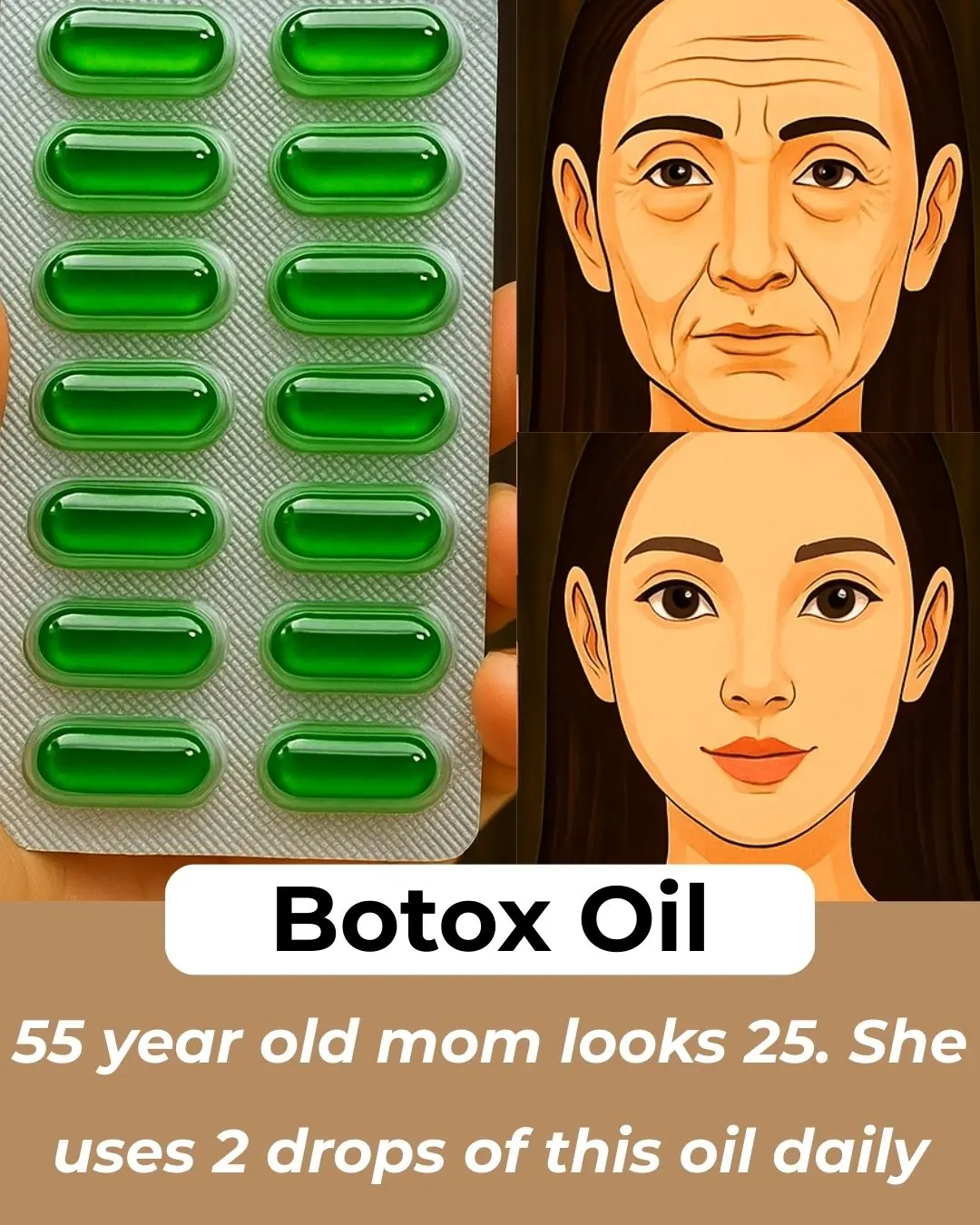
Vitamin E Oil uses for Skin – Glowing Skin, Dark Circles & Wrinkles

DIY Aloevera ice cubes to Remove Dark Spots & Clear Skin | Aloevera Benefits for Skin
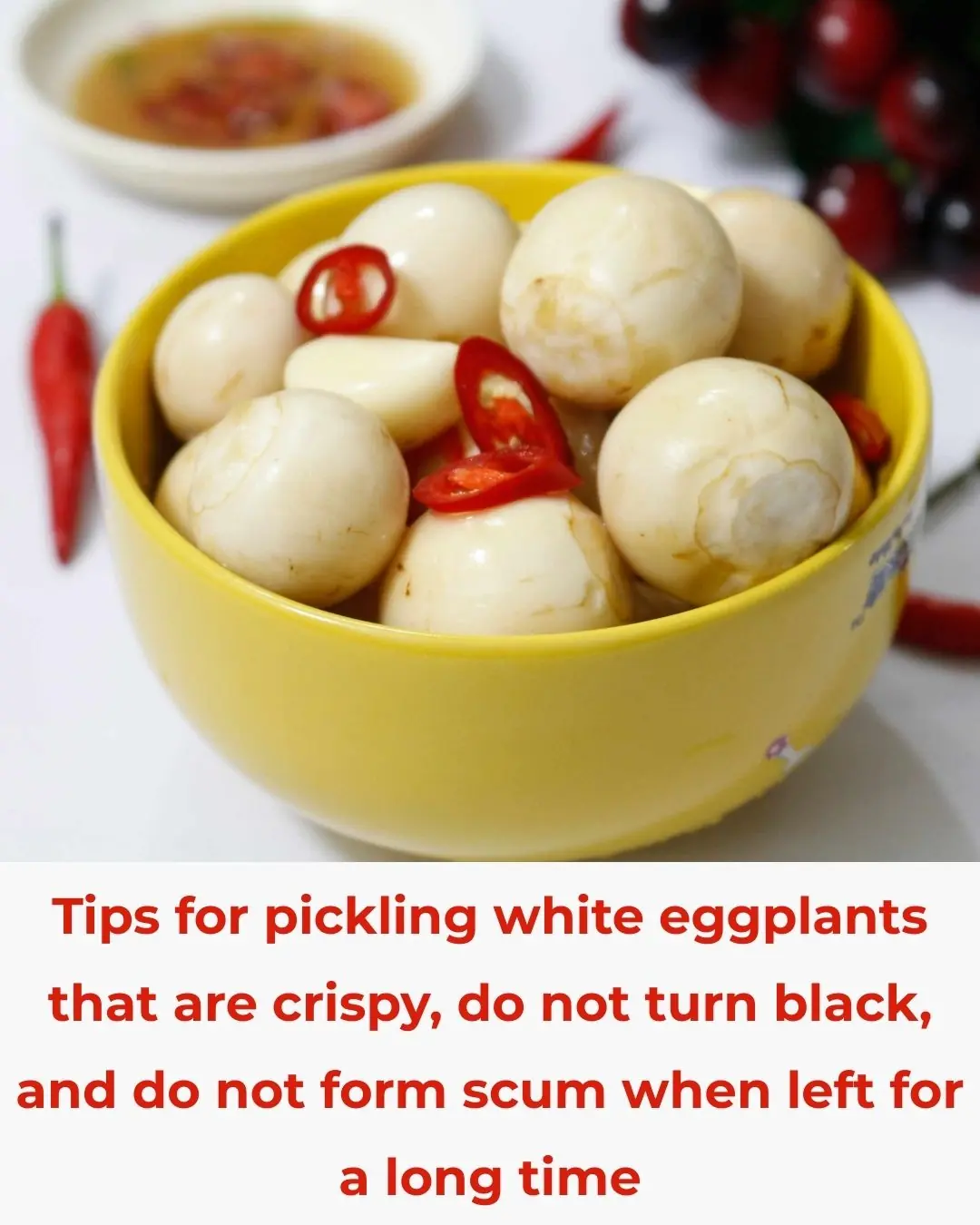
Tips for pickling white eggplants that are crispy, do not turn black, and do not form scum when left for a long time

11 Secret Baking Soda Tricks for Women That Will Change Your Life!
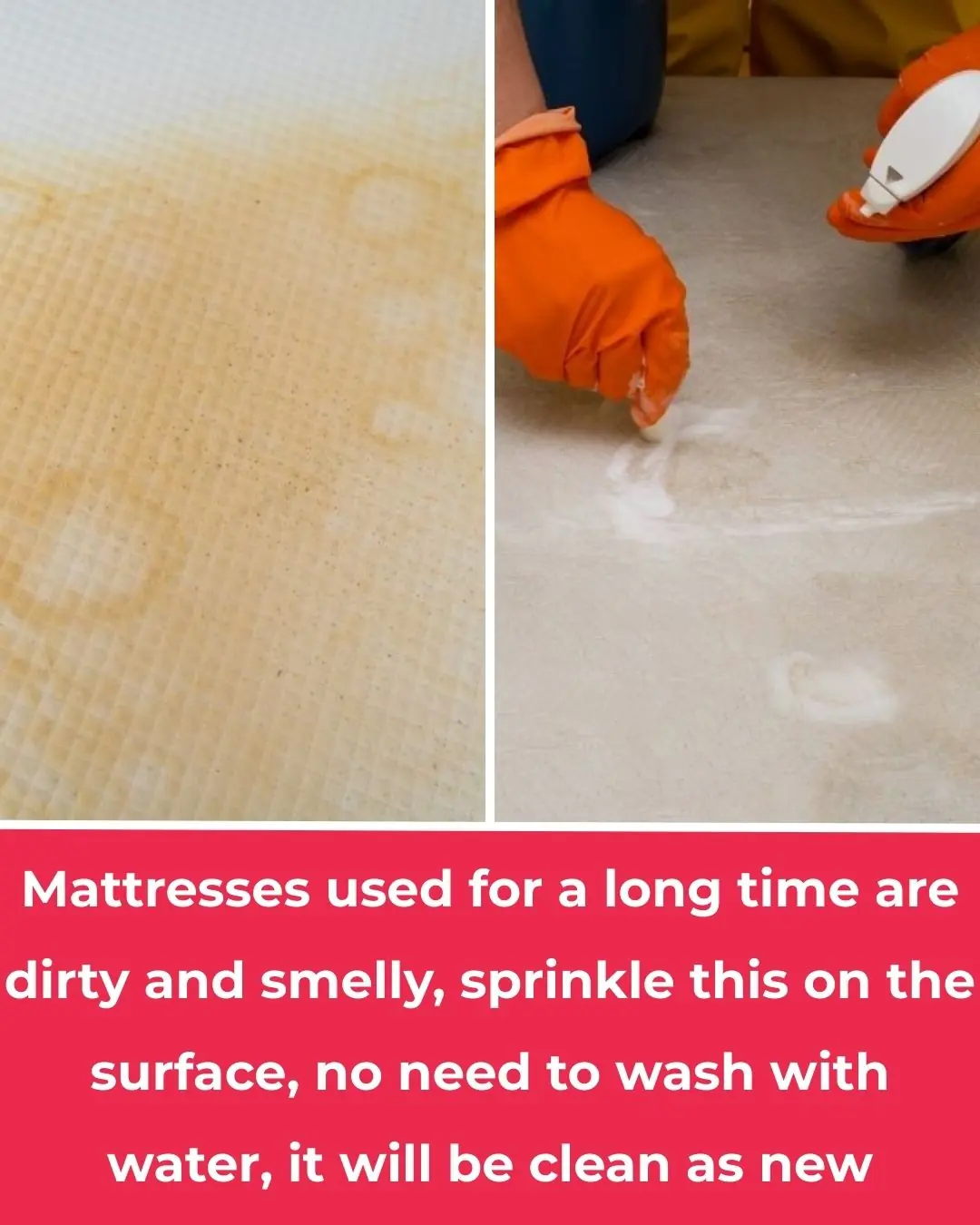
Mattresses used for a long time are dirty and smelly, sprinkle this on the surface, no need to wash with water, it will be clean as new

‘Healthy Man’ Diagnosed With Cancer After Noticing Dog’s Bizarre Behavior Around Him
